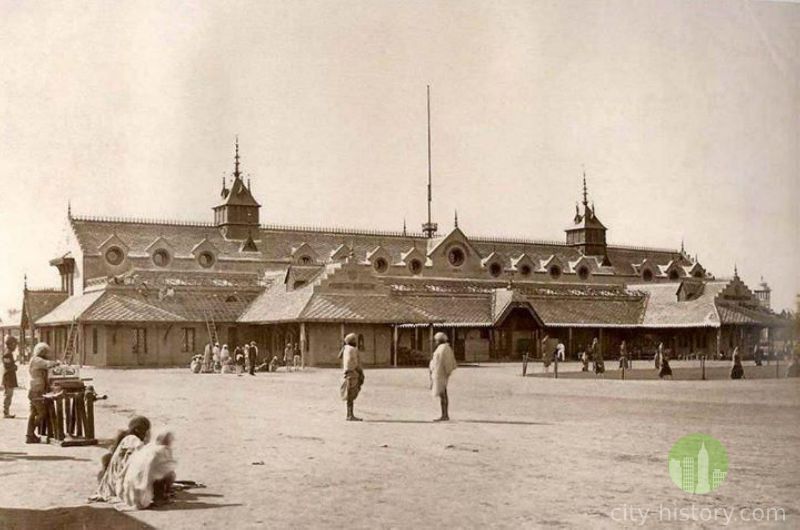
Punjab Exhibition Hall (Tollinton Market)
Famous Tollinton Market at the Mall, was built in 1864 as the First Punjab Exhibition Hall and later used as market place as Tollinton Market.
The Exhibition of Arts and Industry was opened by Lieut. Governor Robert Montgomery on January 20, 1864. It was specifically designed to project the arts and crafts of the locals. A temporary building was hastily erected on The Mall to display the vast number of exhibits which had been received from all over the province.
The Exhibition Committee announced suitable prizes for which they selected four categories, i.e. raw produce, manufacturers, machinery and fine arts. The last named included photographs, specimens of written characters, paintings on ivory, modern paintings and engravings. Manufactured goods and handicrafts from all over the province and the rest of India were put on display which included . Over 1,000 people per day came to the building during the first months of the exhibition.
The display included manuscripts, art work, calligraphy and books. It also displayed the local craftsmen work that included jewlery and dresses, shawls and pashminas, carpets, a variety of implements and a wide range of weapons including jeweled scabbards, hand-woven fabrics of Multan, Batala and Lahore, Rawalpindi, Bhera, Khushab etc., articles made from steel, silver and leather, huqah and dishes etc. of various metals, minerals of all kinds including precious and semi-precious stones, all kinds of fauna, animals and birds and water creatures such as snakes and alligators taxidermed and displayed attractively in glass boxes. Even the big gun Zamzamah was displayed there.
The cost of the Exhibition (including the money spent on the building) was in the region of 100,000 rupees, but it proved to be the most memorable event of the decade. When the Exhibition closed in April 1864, it was generally felt that the more important exhibits should be retained in Lahore for permanent display. Already, a suggestion had been made that the museum be moved to the Exhibition building and the library transferred elsewhere. The proposal became practicable when a large number of arts and manufacturers of the 1864 display were allowed to remain in the Exhibition building.
Originally intended as a temporary structure, the building remained in use, housing the Lahore Museum until 1890. In the 1870s 1880s the museum's curator was J. Lockwood Kipling, Rudyard ing's father. In Kim this building was the model for the Aijaib Ghar, house of Wonders.
The original building, modeled after the prevalent bungalow design, utilized encircling verandahs with sloping tiled roofs supported on simple wooden posts. The main exhibition hall, with a length of 112', rose above the verandah roof, its pitched roof with gable ends, sporting an array of dormer windows for bringing natural light into the hall. Two square towers rose 12' above the roof of the main hall, supplementing the natural light entering the central section of the hall.
The facade was designed to express the wooden structure of the building consisting of posts and a sloping roof fabricated with wooden trusses, while internally brick walls were used to support the trusses. To introduce a feeling of unlimited space, these walls were punctuated by a multitude of pointed arch openings, around which displays in the form of stalls were arranged.
After the transfer of the museum collection, the building was handed over to Lahore Municipal Committee. In the 1920s the building was remodeled as a market by the famous municipality engineer, Rai Bahadur Sir Ganga Ram, and became known as Tollinton Market, after H.P. Tollinton, Secretary Punjab Government. For decades, it served the city well as a market, accommodating small stalls stocking a variety of daily provisions.
It has been recently restored and taken under Lahore Museum as "Lahore City Heritage Museum"
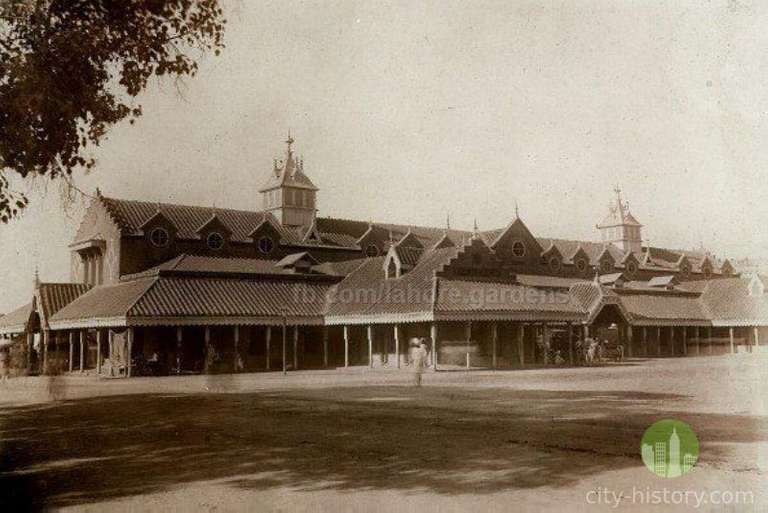
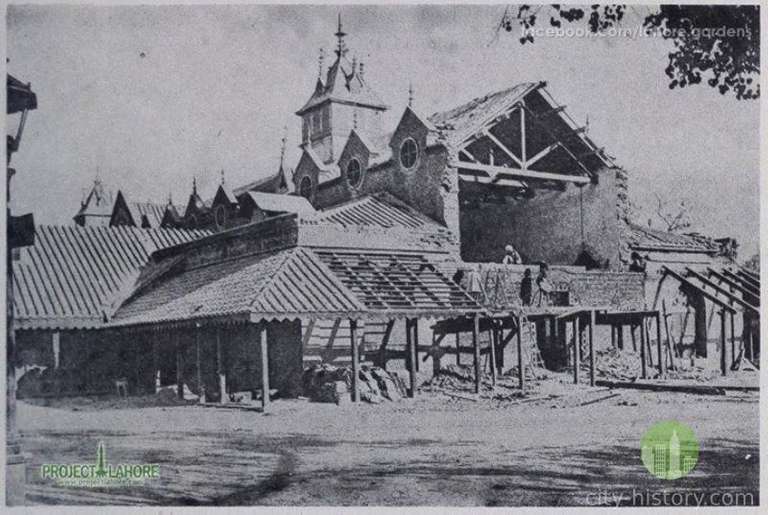
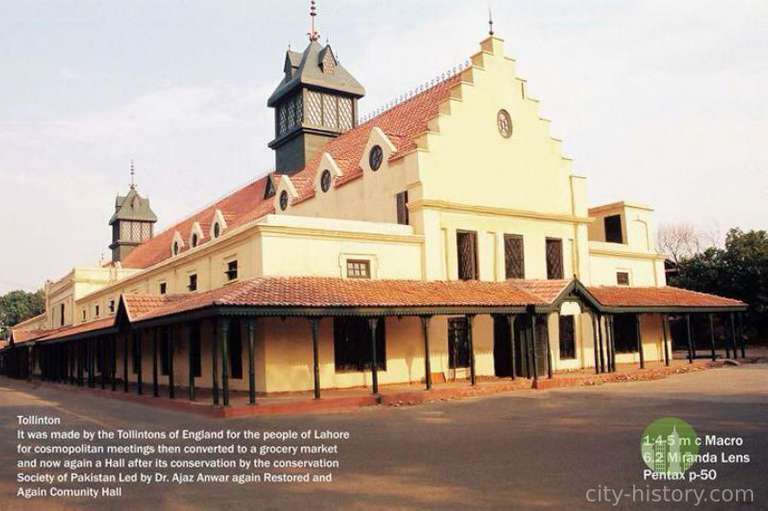
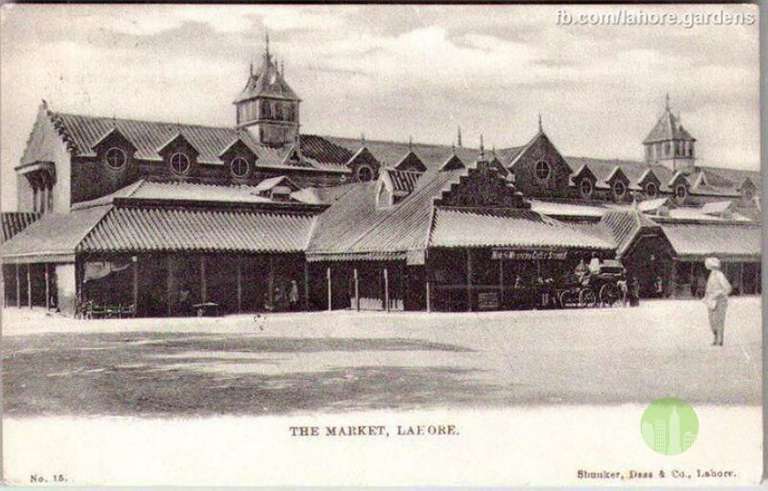
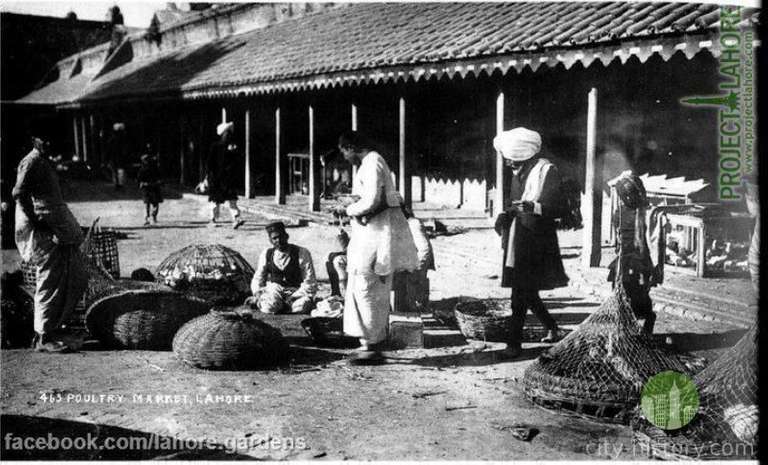
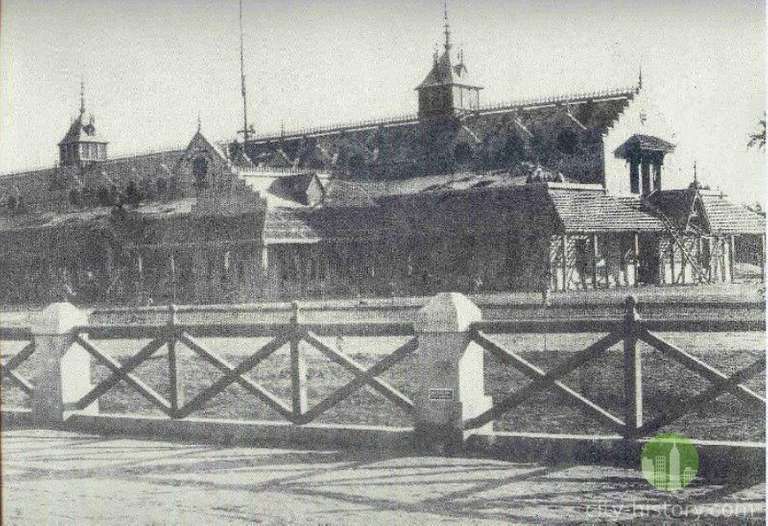
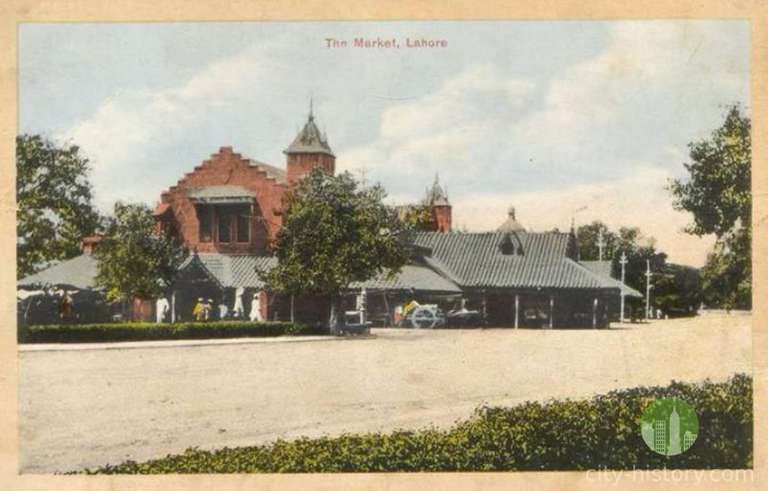
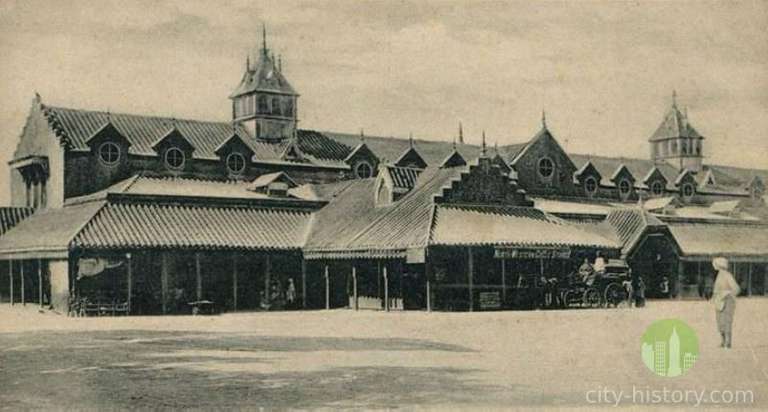
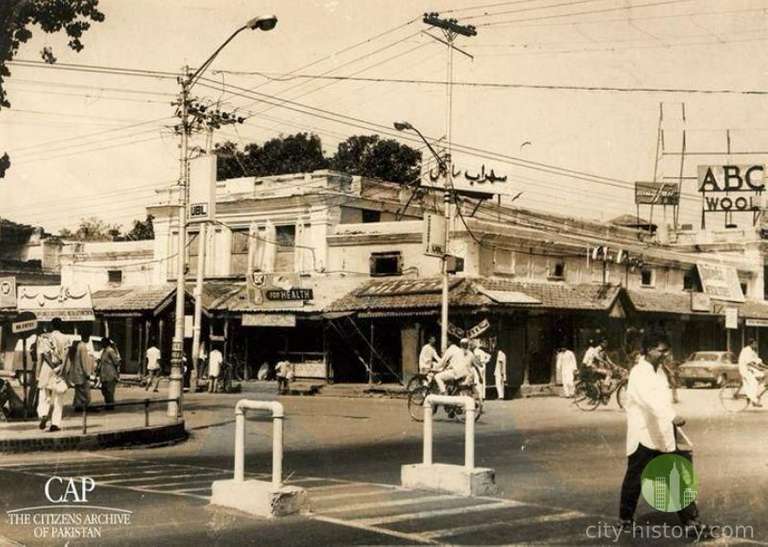
Comments